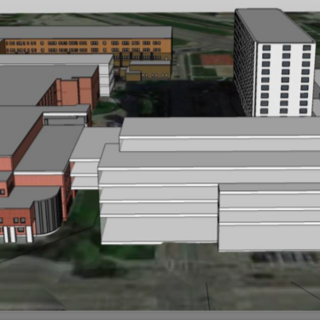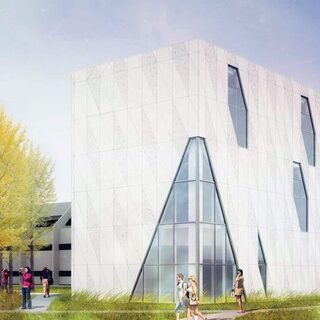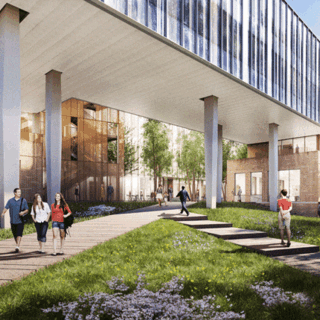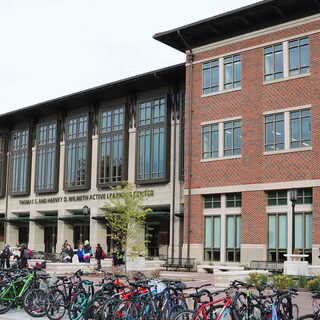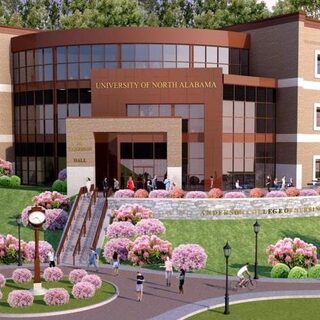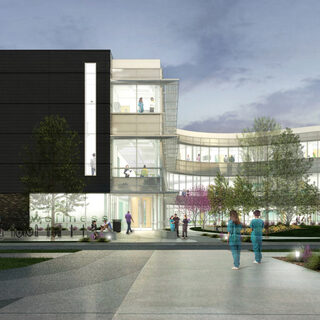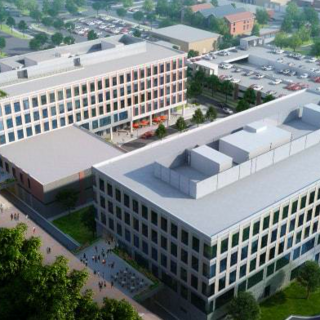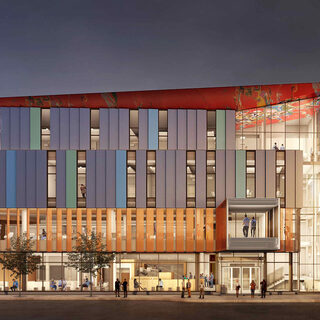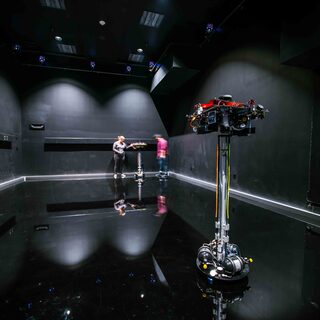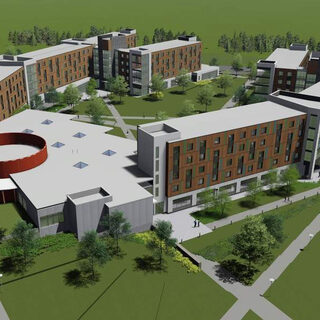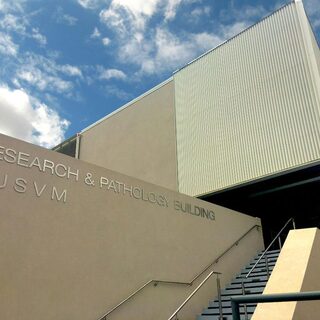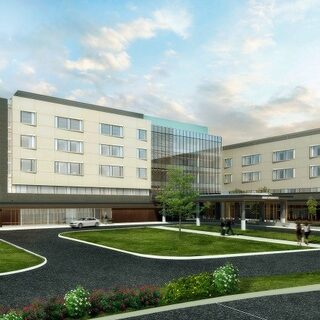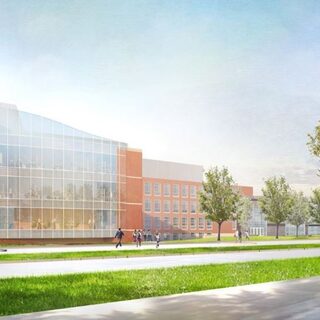University of Nebraska-Lincoln Plans Engineering Complex Renovation
The University of Nebraska-Lincoln is planning a $75.4 million renovation and expansion of its engineering complex. Construction will begin in June of 2019 on the demolition and replacement of the Link, a 25,307-gsf structure connecting Scott Engineering Center to Nebraska Hall. Slated for completion in summer of 2022, the new 87,000-gsf facility will accommodate leading-edge research labs and support. A new mechanical tower will also be constructed.

